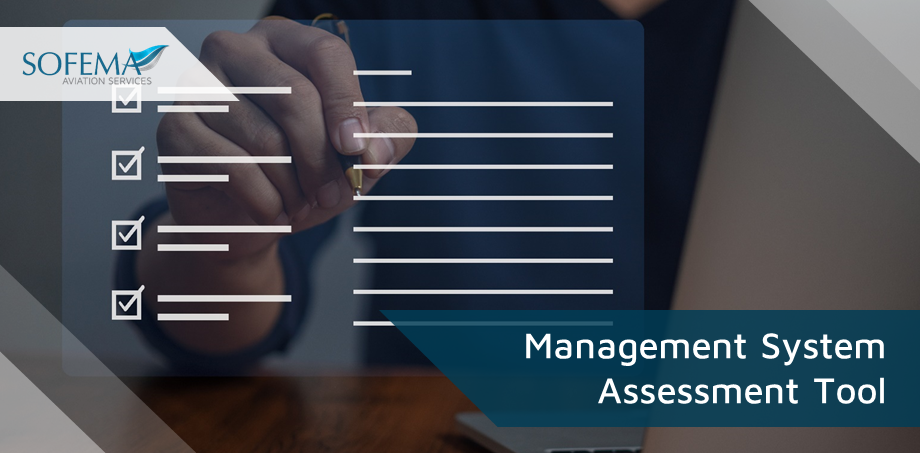Sofema Aviation Services (SAS) www.sassofia.com considers how to use the Management System Assessment Tool (MSAT) for the most effective results and outcomes
Introduction
By using MSAT as a flexible tool aimed at enhancing the effectiveness of its safety management system, the airline not only improves its compliance with EASA regulations but also builds a stronger safety culture, reduces risks, and enhances operational performance.
Safety system maturity considerations
EASA MSAT promotes a common approach to management system assessment and continuous improvement of SMS across the different aviation domains.
Important note: “Being compliant” with the requirement does not necessarily mean “being safe”.
It is also important that MSAT users are properly trained to understand the difference between “compliance” and “performance”; and ultimately deliver a performance-based assessment report.
MSAT is not intended as a basic compliance tool, so it is not correct to use MSAT as a static checklist where items are check-boxed. Such an approach may in fact lead to a compliance mindset that overlooks the effectiveness and performance of safety measures.
Avoid using MSAT in isolation from other safety management activities and operational practices. It should be integrated with the organization’s overall safety management strategy, ensuring that assessment findings inform operational decisions and safety improvements.
Practical example scenario: An airline is looking to enhance its safety management system in response to a series of minor incidents and near-misses.
The management decides to use MSAT not just to ensure compliance with EASA regulations but as a tool to deeply understand and improve their safety operations.
Optimal MSAT team formation
- The Airline may form a cross-functional team involving pilots, cabin crew, maintenance personnel, and safety officers to conduct the MSAT assessment.
o Using MSAT, the team customizes the assessment criteria to focus on areas most relevant to their operations, such as risk management practices during adverse weather conditions and the effectiveness of their safety reporting system.
o The assessment identifies a gap in timely communication of weather-related risks to flight crews and a need for enhancing the safety culture to encourage more proactive reporting of safety concerns.
Performance-based oversight planning
- Based on the assessment results, the airline revised its safety objectives, focusing on improving risk communication and reporting culture.
- It plans targeted training sessions and introduces a new safety management software tool to facilitate more effective risk management and communication.
Continuous improvement cycle
- The airline commits to regular MSAT assessments, integrating them into its annual safety review process.
- This ensures that the management system remains dynamic, adapting to changes in the operational environment and continuously improving.
Assessing capability using MSAT techniques
The MSAT approach is intended to assess the capability and the level of performance of an organisation to achieve the following:
- Identify hazards,
- Manage risks,
- Monitor the effectiveness of the mitigation actions thereof,
- Keep safety at the heart of the operations,
- Monitor the progress towards these safety objectives,
- To ensure timely managerial actions in an ever-changing environment.
o (e.g., management of changes, disruptive events, competitive environment, emerging risks).
Assessment results can thus be used as input into performance-based oversight activities and the adjustment of the oversight planning cycle by the competent authority.
Next steps
Follow this link to our Library to find & Download related documents for Free.
Please see Sofema Aviation Services (www.sassofia.com) and Sofema Online (www.sofemaonline.com) or email team@sassofia.com for questions, comments or suggestions.
Tags:
EASA regulations, Management System Assessment Tool MSAT, Aerodrome Compliance, safety measures, Risks, Risk Communication, Performance-Based Environment (PBE), SAS blogs, Aviation SMS, Aviation Safety Management System, Airline, Safety Culture, Safety System, Sofema Aviation Services, Safety Management Activities, EASA, Compliance, Aviation Training, aviation





